4 Cryptos To Watch Out For In 2023
There is no doubt that we are in the midst of a crypto-winter and unfortunately there are no parabolic price rises and meme coins that make millionaires. However, it is an excellent time to see which projects are really worthwhile and will last into the future.
Below we are going to review 4 cryptocurrencies that you should keep an eye on as they have solid fundamentals and are very likely to recover soon when the whole cryptomarket goes up again. We have not included BTC and ETH in this list as their strength and potential are obvious.
Please note, however, that the views set out in this 2023 guide are those of the author, and therefore independent research is crucial.
Let's dive into it:
1. MATIC (Polygon)
MATIC is the native cryptocurrency of the Polygon network, a protocol to increase the scalability of the Ethereum blockchain and add new use cases. Polygon works through a sidechain that connects to Ethereum, allowing for further processing. It is arguably everything Ethereum aims to be with Ethereum 2.0. It is a project that fixes Ethereum's processing power issues. It also uses the proof-of-stake model as a consensus mechanism. Polygon offers a much more intuitive architecture for developers, making it a more attractive network for inexperienced users, too.
It is the most popular layer-2 blockchain built on Ethereum. It improved some of Ethereum's drawbacks, such as scalability and high costs. With Polygon, developers can create Ethereum-compatible applications at a much lower cost.
Polygon has already gained popularity among investors and is expected to grow further. In addition, Polygon is also building partnerships to increase its exposure in the cryptocurrency market.
In early 2022, Polygon became one of six projects to be added to Disney's prestigious Accelerator programme. Robinhood also announced an exclusive partnership with MATIC, which made Polygon the first blockchain supported in its Web3 wallet.
2. BNB (BNB Chain)
Two blockchains coexisted in the Binance ecosystem: Binance Chain and Binance Smart Chain. On February 15, Binance announced that from now on, both chains would be considered integral parts of the new multi-chain platform that is the BNB Chain.
Both chains are pillars of the new BNB Chain; the now-called BNB Beacon Chain (previously Binance Chain) is in charge of the governance of the network (staking and voting method).
For its part, the BNB Smart Chain (previously Binance Smart Chain, although maintaining its acronym BSC), provides the versatility of a chain compatible with the Ethereum Virtual Machine (which makes it possible, among other things, to have smart contracts).
In addition, the name of the network's native currency, BNB, was also changed. From standing for Binance Coin, it now stands for Build N Build, which stands for Build and Build: build community and let the community build.
With this rebranding, Binance seeks to disassociate its brand from its network, directly from its network, as it understands that for the success of the latter, it must transcend it. Binance is working to create a robust, open, non-permissioned and decentralised infrastructure.
BNB's goals include expanding as a multi-chain platform, scaling transaction processing capacity, introducing decentralised governance mechanisms and expanding the BSC's validators from 21 to 41.
In addition, there are a limited number of BNB tokens, and the developer team already has an auto-burning system that will reduce the supply by half. On top of that, BNB holders get discounted commissions from Binance, the No. 1 cryptocurrency exchange.
3. DOT (Polkadot)
Polkadot is a zero-layer blockchain (Relay Chain). This means that other layer-one blockchains can be built on top of Polkadot. This allows it to be highly scalable. Each layer one blockchain running on Polkadot is called a Parachain. While Polkadot does not support smart contracts, its parachains do. Parachains are run in execution slots, which are auctioned into DOT tokens every so often. There is a test parachain called Kusama.
Each parachain is independent of the main network, and collects commissions on its own token. The DOT token, Polkadot's native cryptocurrency, is mainly used to pay the blockchain's gas fees and as a governance token. However, it is also used to pay for the auctions of the aforementioned parachains.
As for the consensus algorithm, Polkadot is a Nominated Proof of Stake blockchain, very similar to the traditional Proof of Stake. With this consensus algorithm, nominators endorse validators with their own participation as a show of faith in the validator's good behaviour. Nominated Proof of Stake differs from the more generic Delegated Proof of Stake concept in that nominators are subject to losing their stake if they nominate a bad validator.
Polkadot often attracts the attention of investors because it is more participatory, allowing developers to connect blockchains in their entirety to the Polkadot ecosystem.
4. ATOM (Cosmos)
Cosmos is a project whose purpose is to interconnect several independent blockchains, thus allowing assets and data to be freely exchanged in a decentralised manner. This is why Cosmos is popularly known as "the internet of the Blockchain"; its mission is the same or very similar to Polkadot.
The operation of Cosmos is based on three pillars or layers: the so-called Cosmos Hub, which uses IBC (Inter Blockchain Communication) technology that interconnects the blockchains. These validators verify the operations, and finally, the delegators are responsible for selecting the validators.
Transactions are recorded in the central Hub, and at the same time, these actions are recorded in the respective blockchains involved in the transaction.
ATOM is the native token of Cosmos. The 100 validators who maintain the system are rewarded for their work in the form of the ATOM token.
We can conclude that Cosmos (ATOM) has excellent growth potential but is also a high-risk investment. The most significant risk with this type of asset is that it will not materialise or that new substitute technology will emerge in an ever-changing market.
It should be borne in mind that Polkadot, its great rival, is ranked above in market capitalisation.
In short, these are some fundamentally sound cryptocurrencies that have the potential to rise in 2023 and in the longer term. However, remember that the entire crypto market tends to follow bitcoin's movements; and don't forget to do your own research!

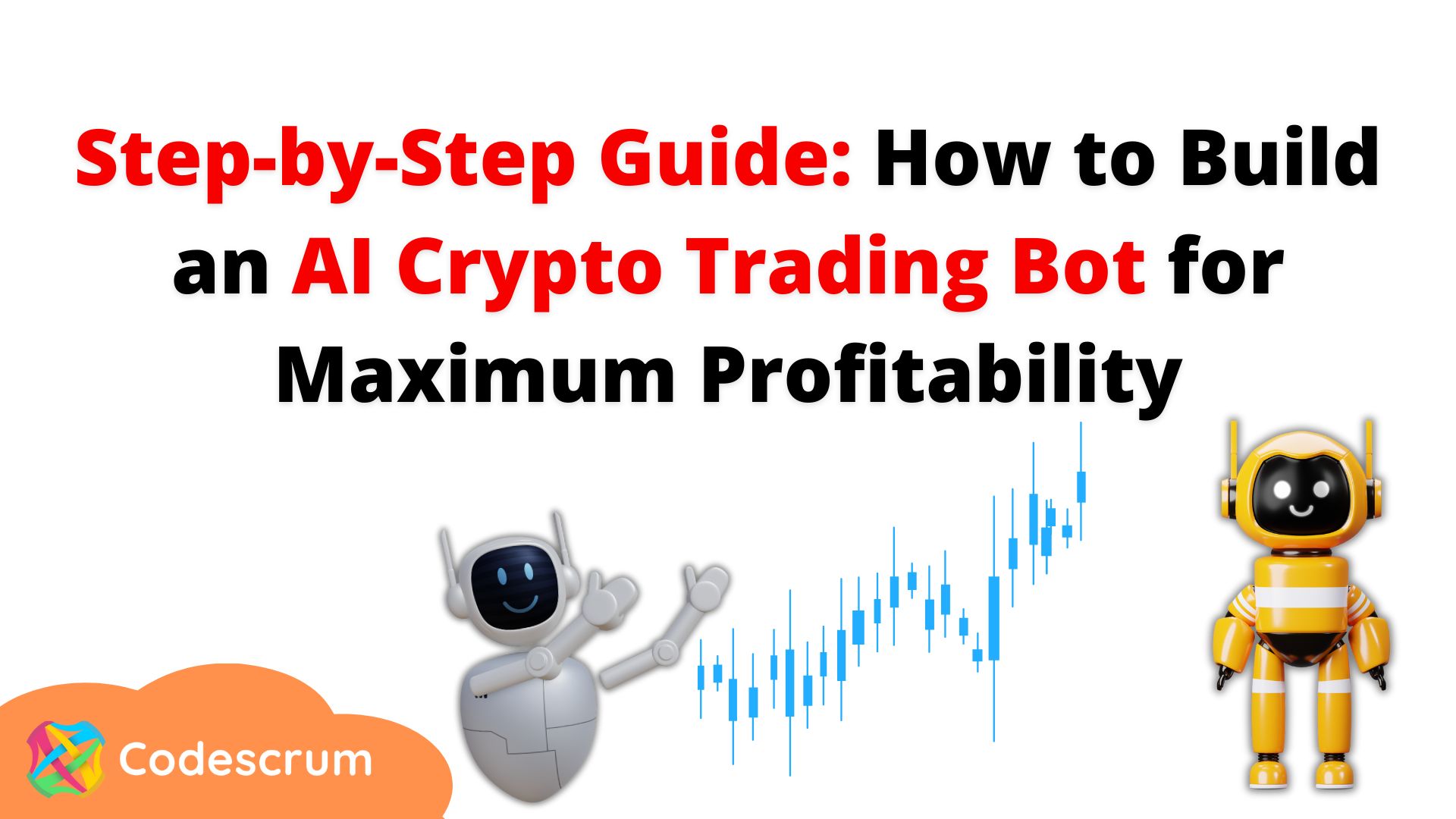
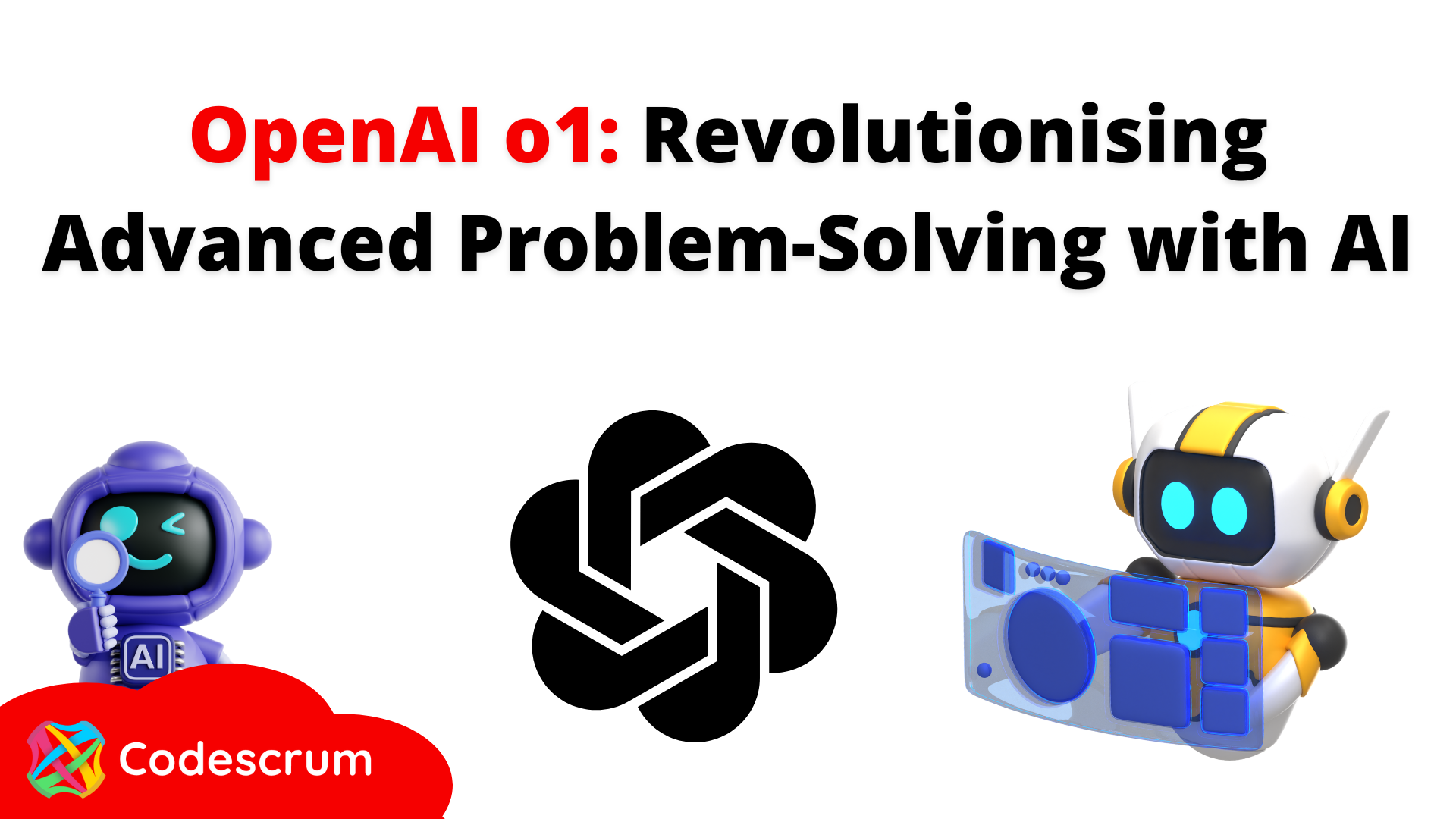
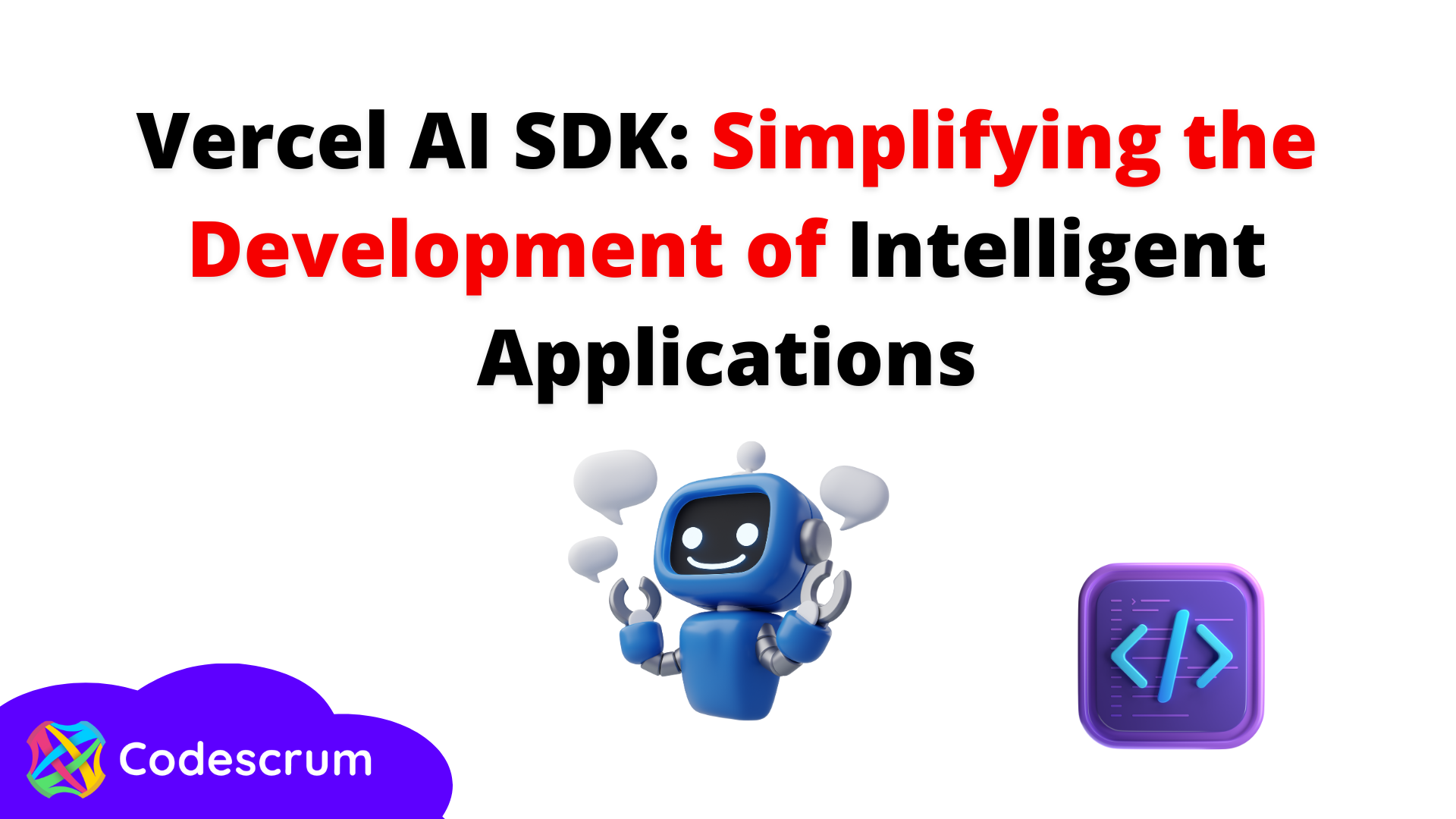

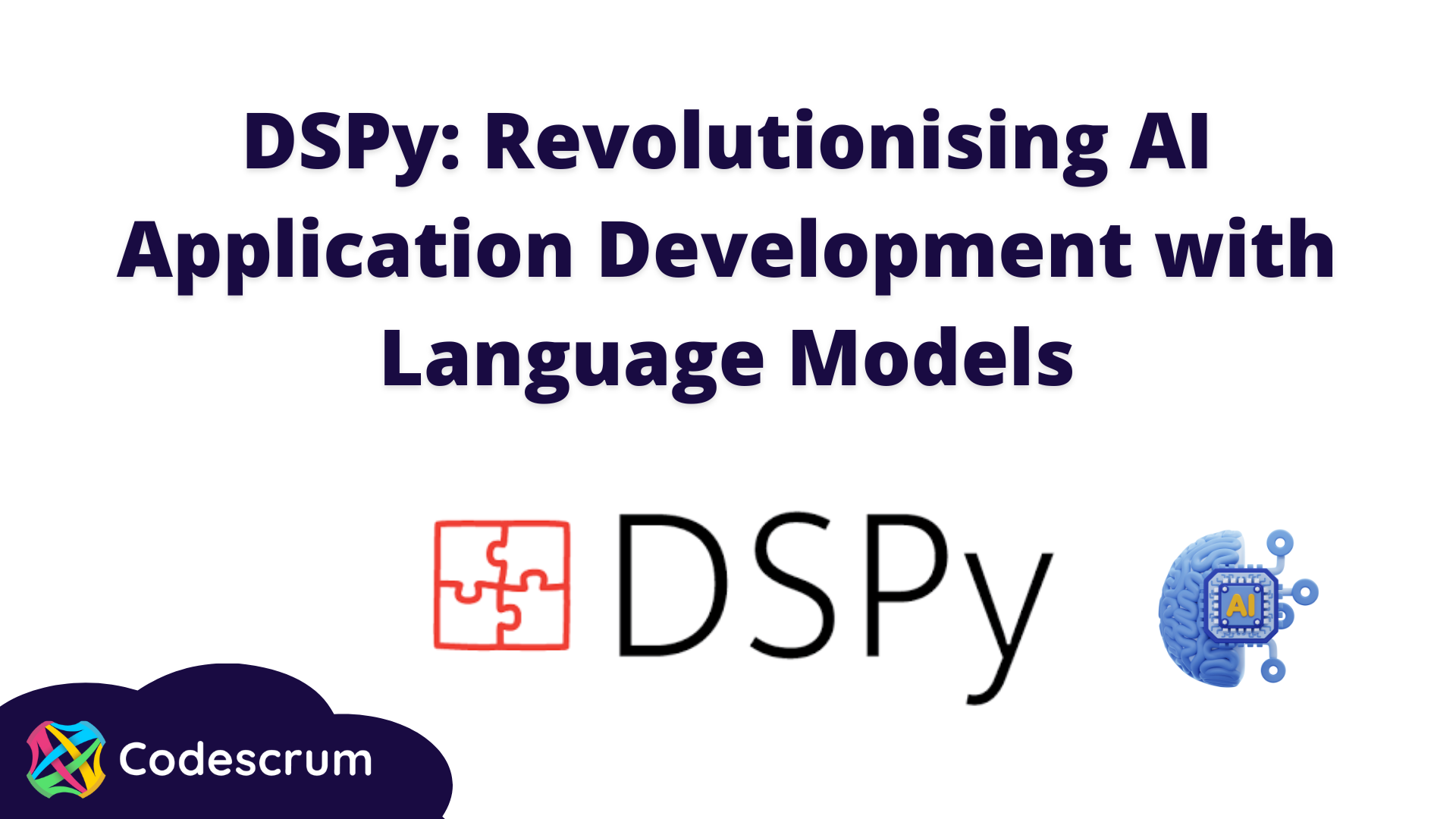
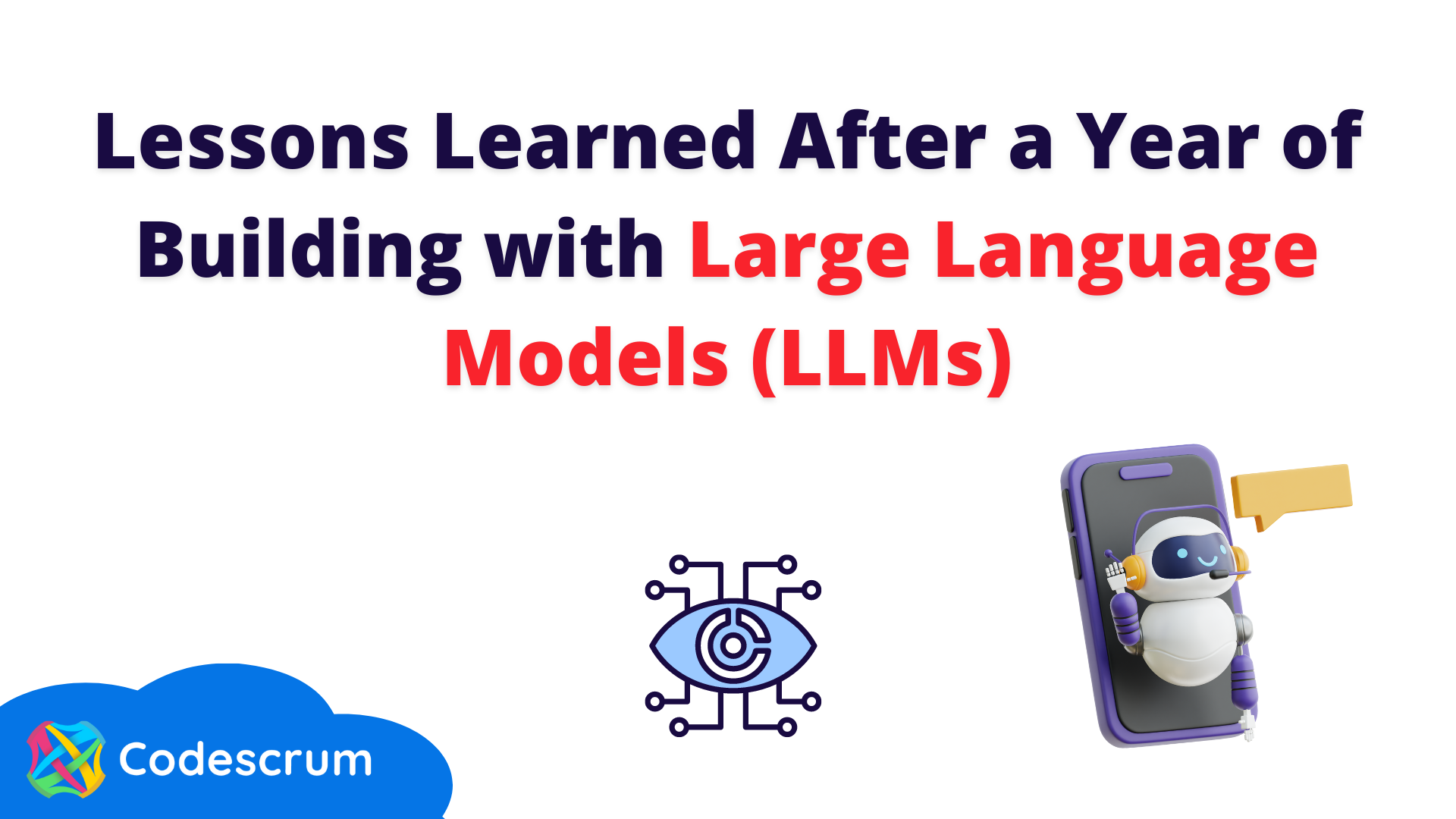
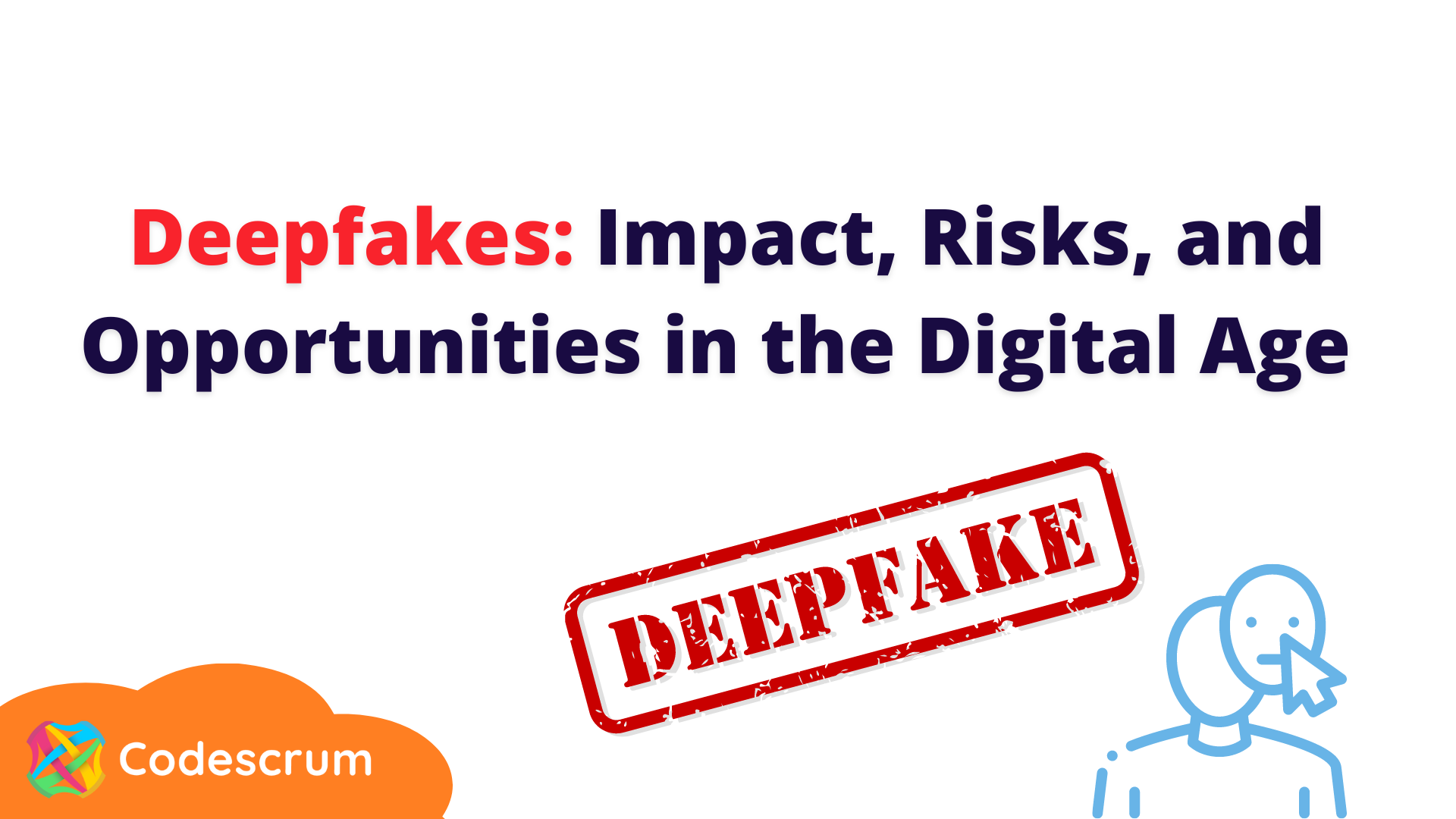
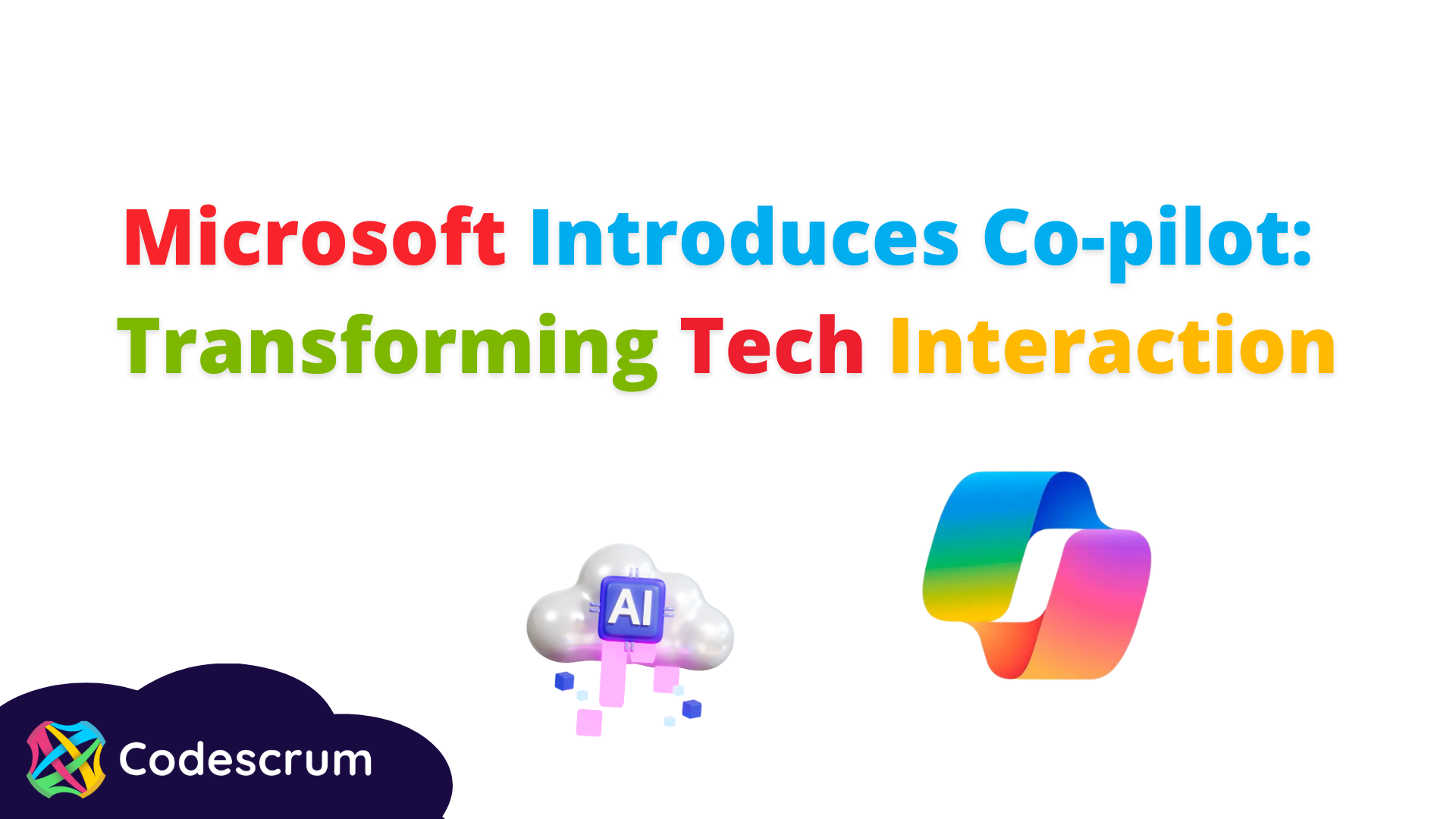

CODESCRUM

ABOUT US
EMPOWER YOUR BUSINESS THROUGH GREAT SOFTWARE SOLUTIONS
Codescrum is a team of talented people who enjoy building software that makes the unthinkable possible.
We want to work for a better world that we can help create by making software that delivers impact beyond expectations.
SERVICES
- WEB DEVELOPMENT
- MOBILE DEVELOPMENT
- AI CHAT BOT development
- consulting & advisory
CONTACT US
LONDON
ADDRESS
- KINGS PLACE, 90 YORK WAY. LONDON N1 9AG
CLOSEST TUBE STATIONS
- KING'S CROSS STATION
Ⓒ CODESCRUM LTD 2011 - PRESENT, ALL RIGHTS RESERVED


